Scientists Identify Mysterious Rock Orbiting Earth as Chunk of the Moon
The moon is ethereal, enchanting, and always interesting. While there is still so much to uncover about the moon and its properties, researchers are currently looking into a mysterious lunar rock that has been orbiting the Earth.
The unusual space rock is believed to be a floating piece of the moon that may have been blasted by a meteorite. Until now, scientists were unaware that moon rocks were capable of staying in orbit following a meteorite blast. As researchers are riveted by the unique discovery, further investigation could help protect our planet from collisions from asteroids.
A Breakthrough Has Been Made
Outer space is full of many mysteries, and an apparent moon chunk circling the Earth is nothing short of unconventional.
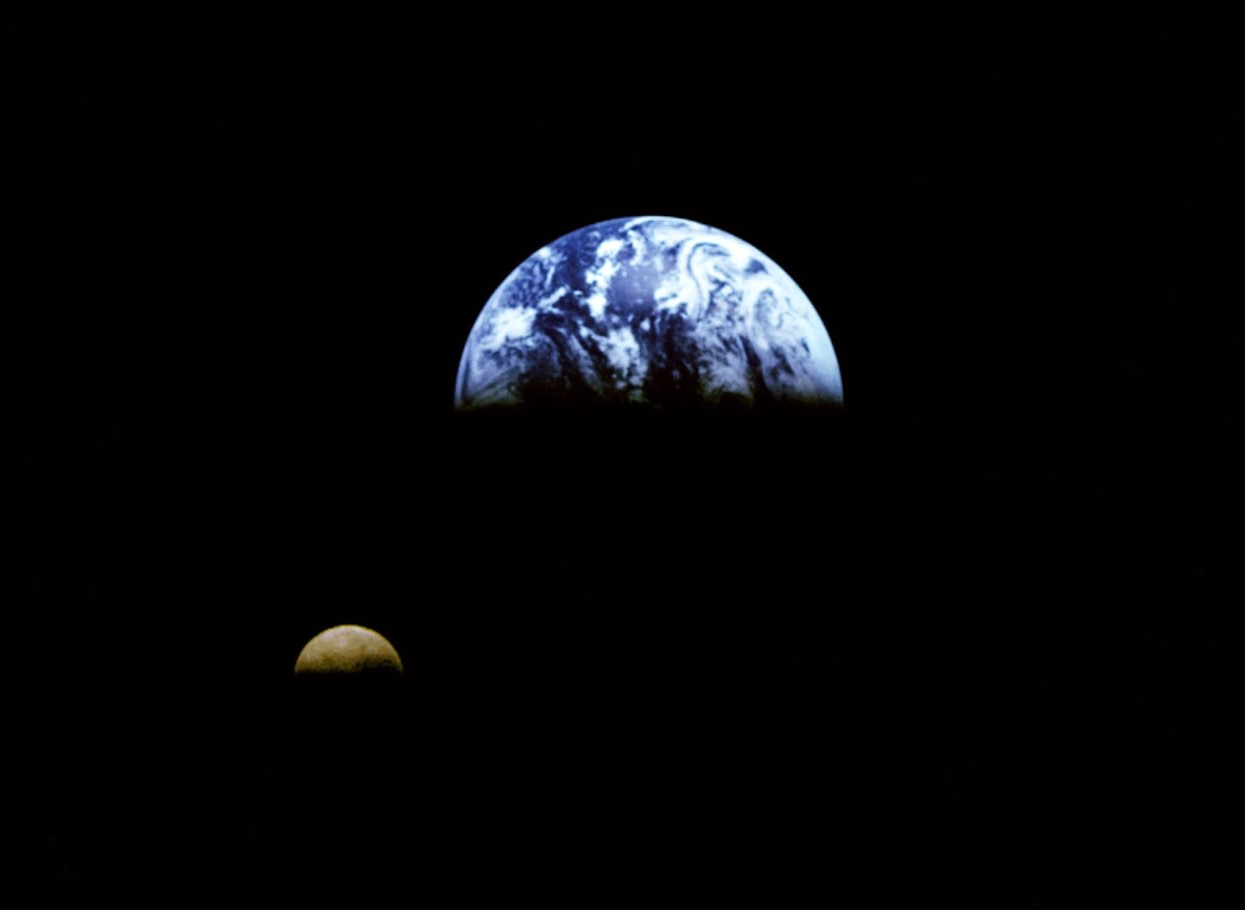
Source: Consolidated News Pictures/Getty Images
Scientists have been stumped by this peculiar conundrum for decades and they have given the suspected moon rock the name “Kamo’oalewa,” which means “the oscillating fragment” in Hawaiian. The rock measures between 120 and 300 feet wide and it orbits around the sun annually. However, as it orbits, it slowly spirals around the Earth. After many years of studying this phenomenon, researchers at the University of Arizona believe they have found some answers to the space rock’s origin.
The Rock Will Continue to Orbit the Earth
Scientists have determined that the ‘quasi-satellite’ is likely the product of an “ancient lunar collision.”
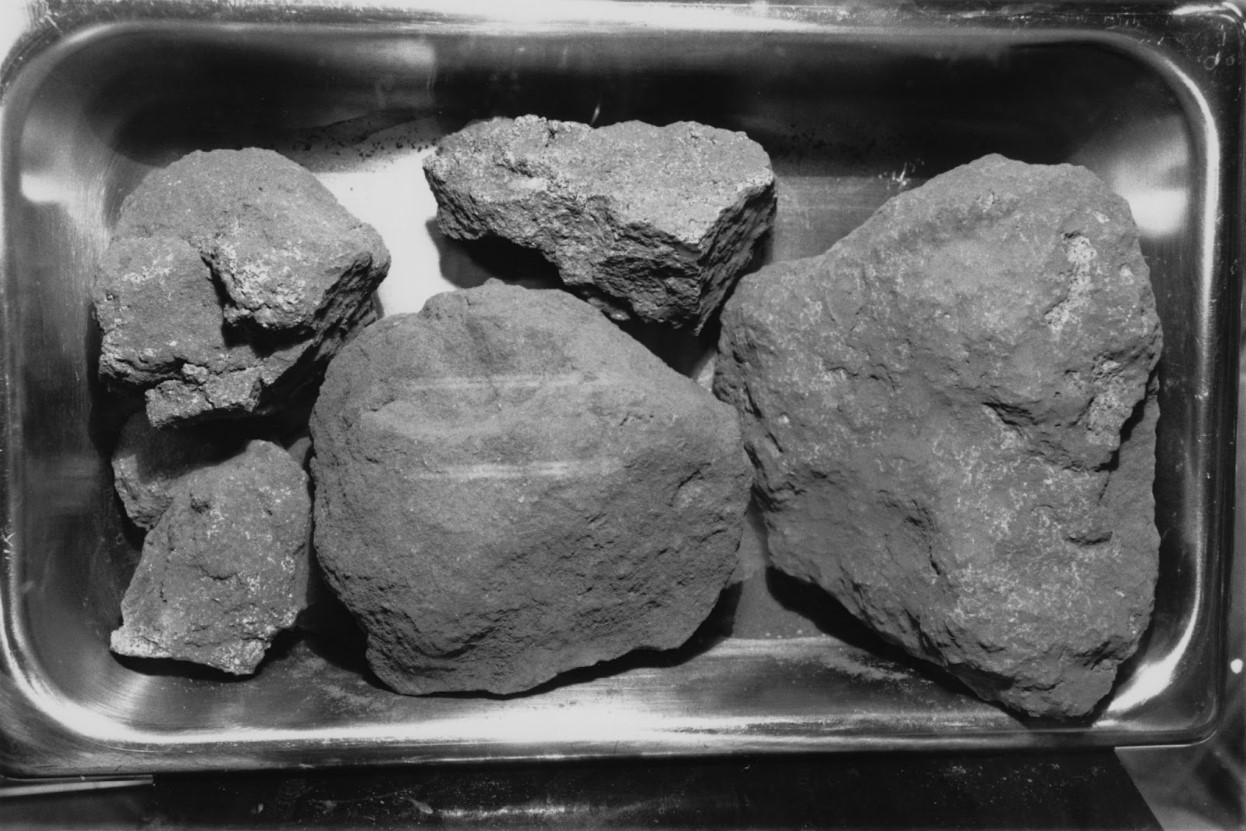
Source: Space Frontiers/Getty Images
Any knowledge obtained about the orbiting moon rock could help protect the Earth from being impacted by dangerous space rocks in the future. Incredibly, the space rock has been orbiting our planet for about a century. “This small asteroid is caught in a little dance with Earth,” said NASA Near-Earth Object scientist Paul Chodas. He went into further detail about the history of the mysterious rock, adding that it “has been a stable quasi-satellite of Earth for almost a century, and it will continue to follow this pattern as Earth’s companion for centuries to come.”
The Moon Mass Is on a Continuous Loop
The curious chunk of moon matter also orbits around the sun and will continue that pattern for millions of years to come.

Source: Gary Hershorn/Getty Images
“The asteroid’s loops around Earth drift a little ahead or behind from year to year, but when they drift too far forward or backward, Earth’s gravity is just strong enough to reverse the drift and hold onto the asteroid so that it never wanders farther away than about 100 times the distance of the moon,” revealed Chodas.
Kamo'oalewa Is an Anomaly
“We are now establishing that the moon is a more likely source of Kamo’oalewa,” said the study’s lead author, Renu Malhotra of the University of Arizona.

Source: Spencer Platt
Scientists were drawn to the space rock because of its uncommon orbital pattern. “We looked at Kamo’oalewa’s spectrum only because it was in an unusual orbit,” said Malhotra. “If it had been a typical near-Earth asteroid, no one would have thought to find its spectrum and we wouldn’t have known Kamo’oalewa could be a lunar fragment.”
An Unlikely Duo
The beauty of the enigmatic moon rock is that it poses no threat to Earth. In fact, it has been likened to a “constant companion” of our planet that has loyally floated around our planet for thousands of years.
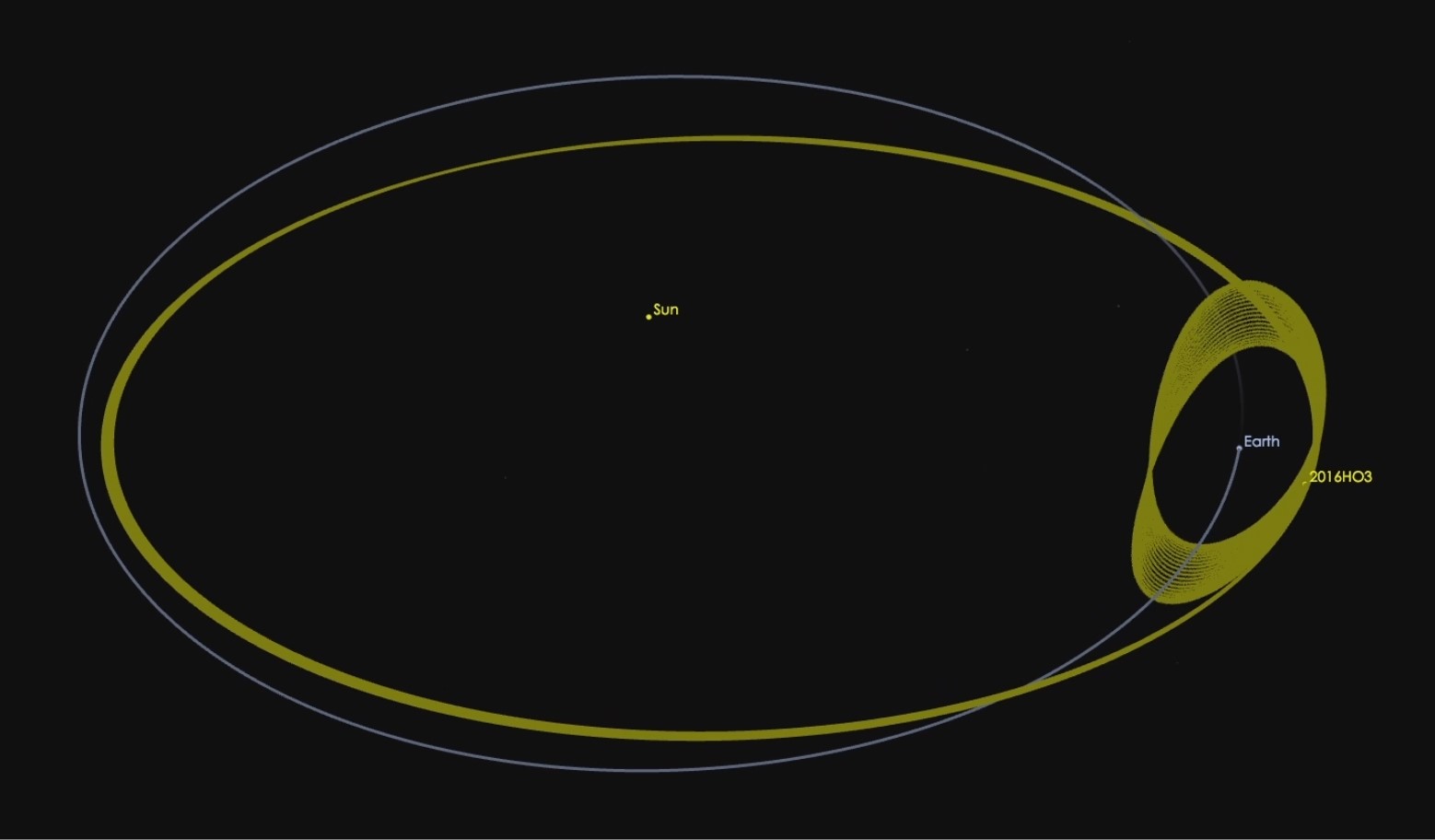
Source: Wikimedia Commons
While scientists have long thought that the Kamoʻoalewa was a small asteroid, recent studies have offered evidence that the rock may be from the moon. In 2021, a study was conducted that analyzed the light bouncing off the surface of the rock. The study found that the space rock was made of properties that were strikingly similar to the moon’s surface.
A New Study Has Offered Some Valuable Insight
Physicists tend to believe that moon objects such as Kamoʻoalewa don’t typically find “stable orbits.”
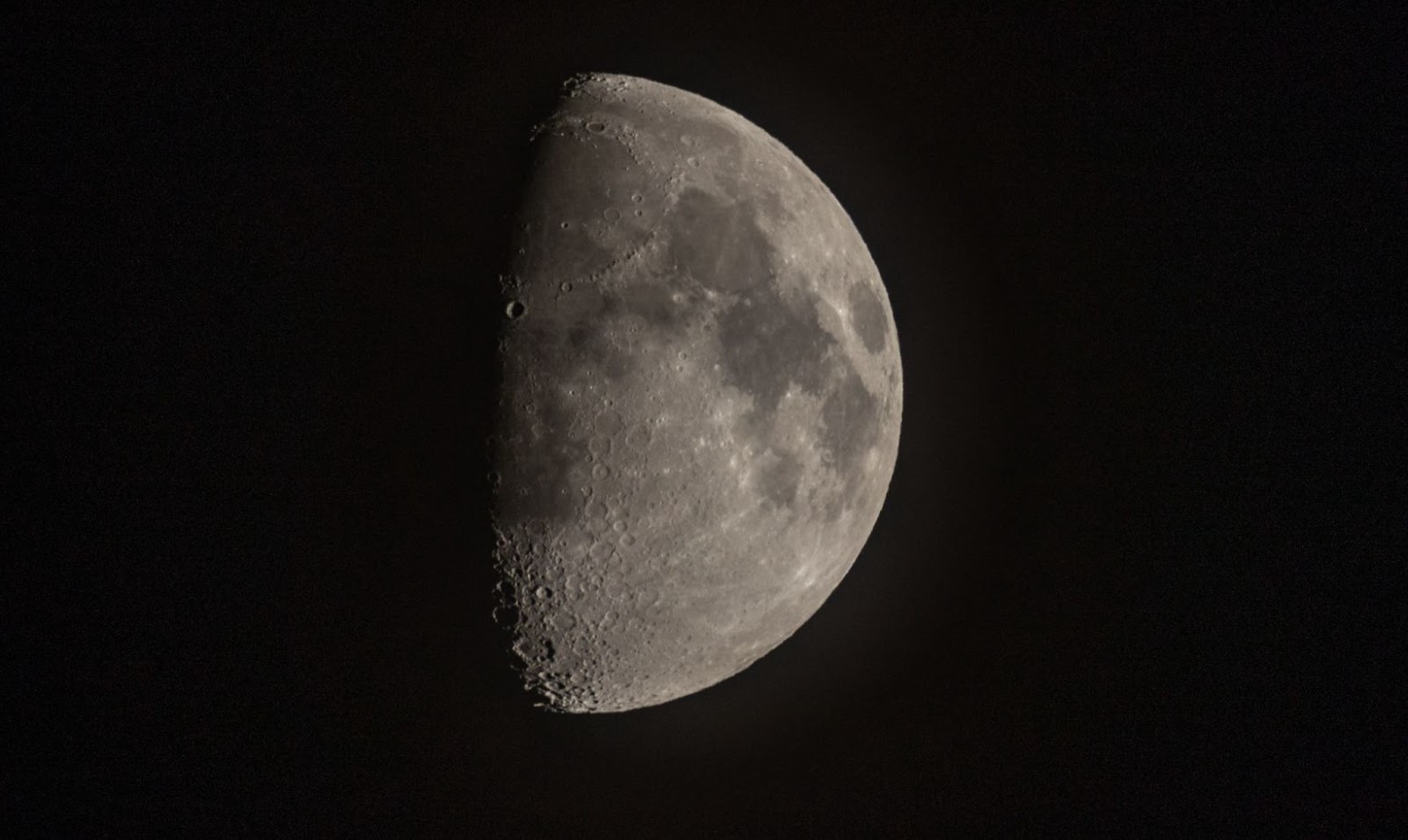
Source: Matt Cardy/Getty Images
However, a new study published in the Communications Earth & Environment review journal has seemingly shed some light on the uniqueness of the marvelous moon rock. Using an advanced computer simulation, researchers applied properties of the sun, moon, Earth, and other planets to determine if moon rocks could “survive being blasted away from the lunar surface.”
There Is Still Research That Needs to Be Done
The parameters of the study allowed for the lunar rocks to be blasted from the moon at 1.5 miles per second.
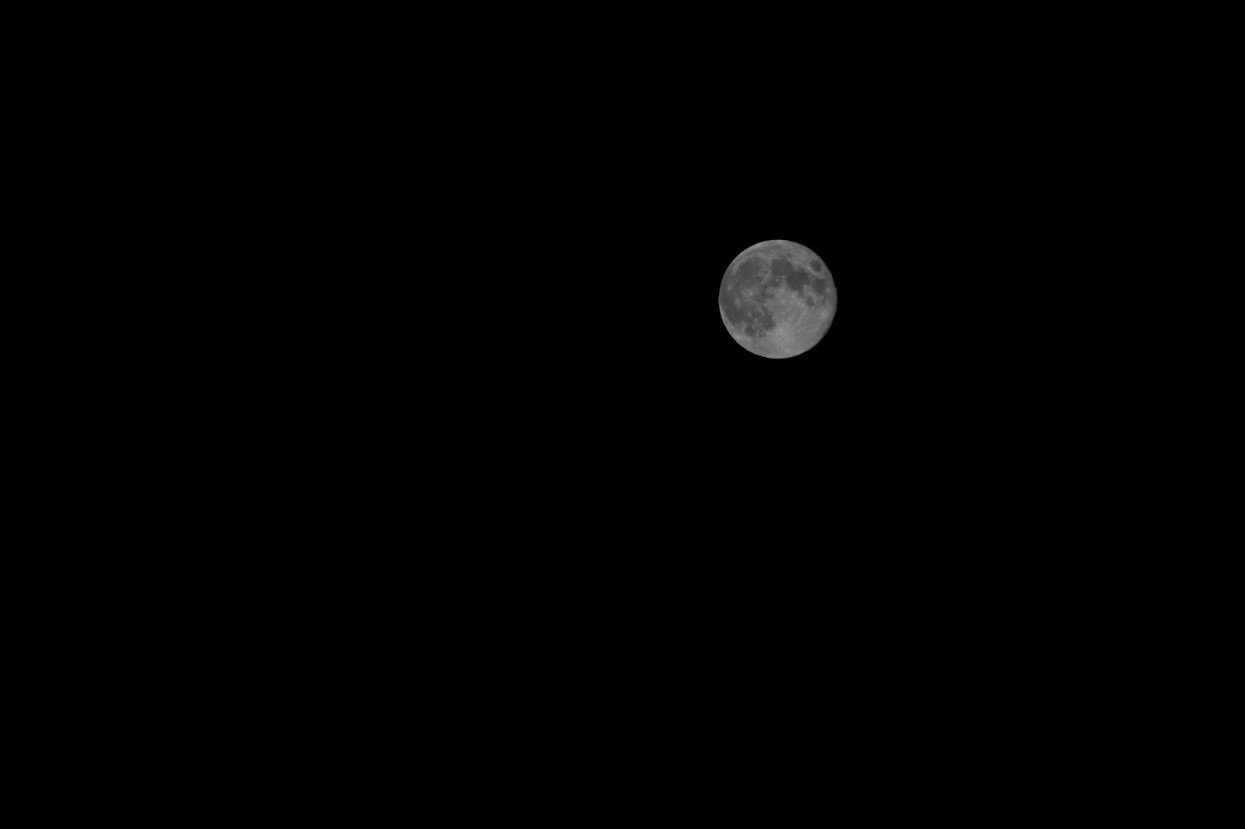
Source: Wikimedia Commons
This stiputation helped researchers understand if the Kamoʻoalewa could have been created by the impact of a meteorite. NASA’S highly skilled researchers have been monitoring outer space for years to look out for hazardous space rocks. Although NASA incorporates the use of the finest technology for space research they have taken their limitations into account, as well.
Scientists Have Hypothesized Theories
For example, scientists are aware that smaller space rocks can easily be missed during their studies.
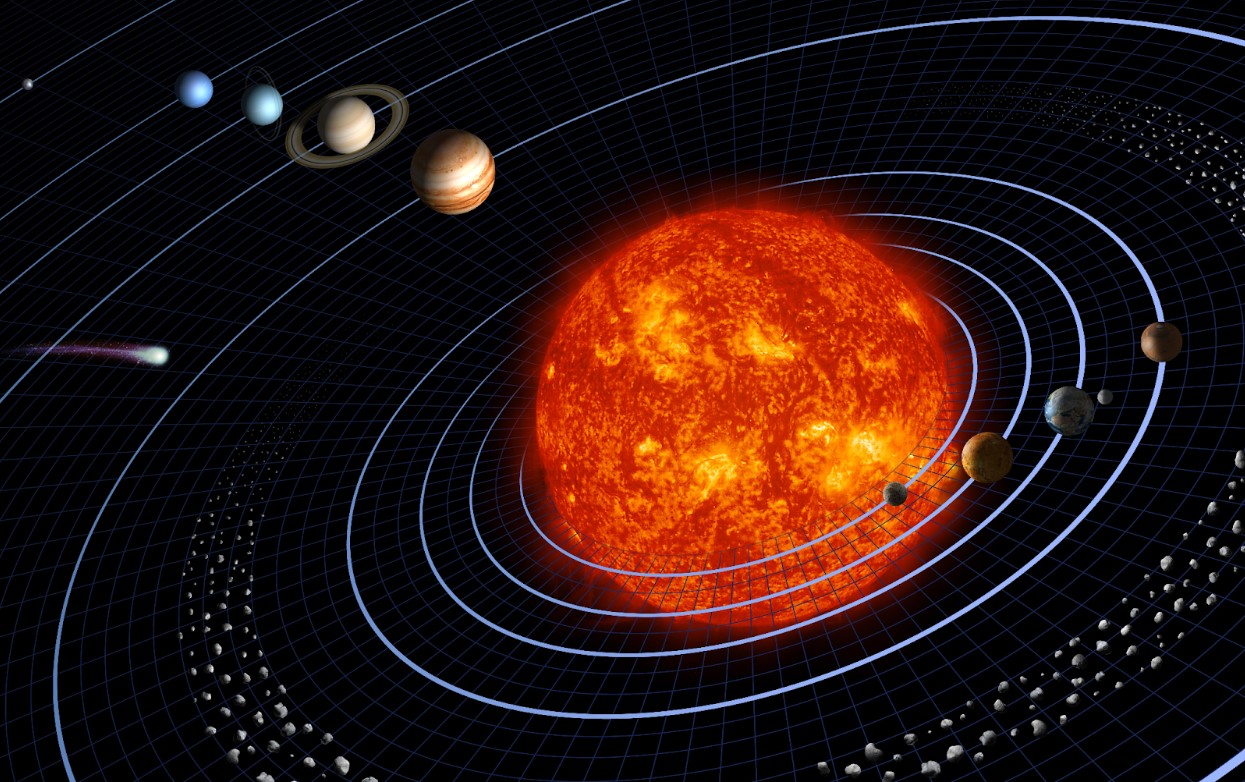
Source: Wikimedia Commons
Other space rocks can be “occluded by the sun,” which obstructs the equipment’s capability of catching any cosmic threats to our planet. To generate a more accurate representation of where such space rocks may appear, astronomers evaluate how the rocks float through space from their most probable origin. Most often, scientists find that space rocks derive from the “asteroid belt” between the planets Mars and Jupiter.
Is it Really a Chunk of the Moon?
The rock has been in the Earth’s orbit since 100 B.C. and will likely remain there until at least A.D. 3700.
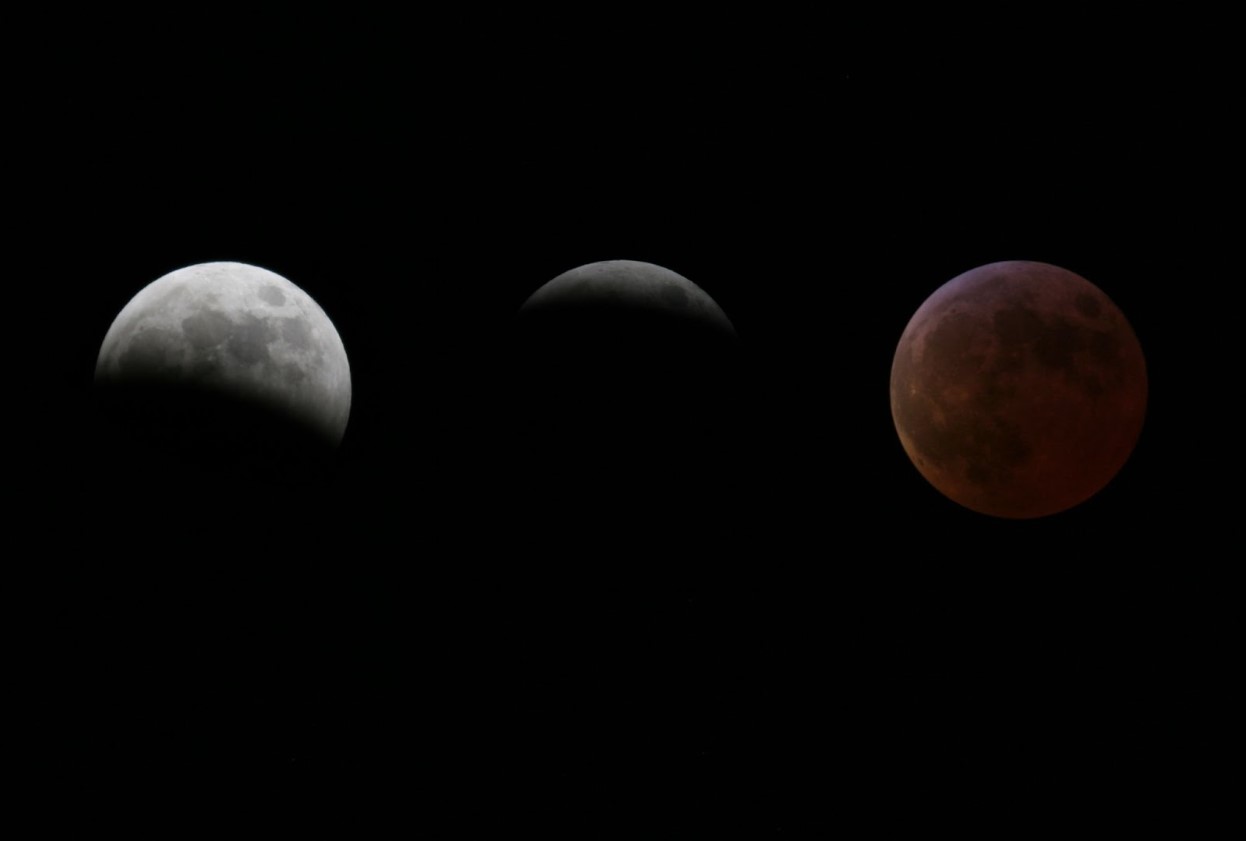
Source: Colin McPherson/Getty Images
According to Jose Daniel Castro-Cisneros, who participated in the study, researchers found evidence to determine that the space rock may have originated from the moon. “This brings up the need to consider other origin scenarios, in particular, that it may have originated as a lunar fragment from a meteoroid impact on the moon,” said the PhD student at the University of Arizona.
The Orbital Moon Rock Is an Astronomer’s Dream
Intergalactic space rocks like Kamoʻoalewa can give physicists a captivating look inside the vast history of our solar system.
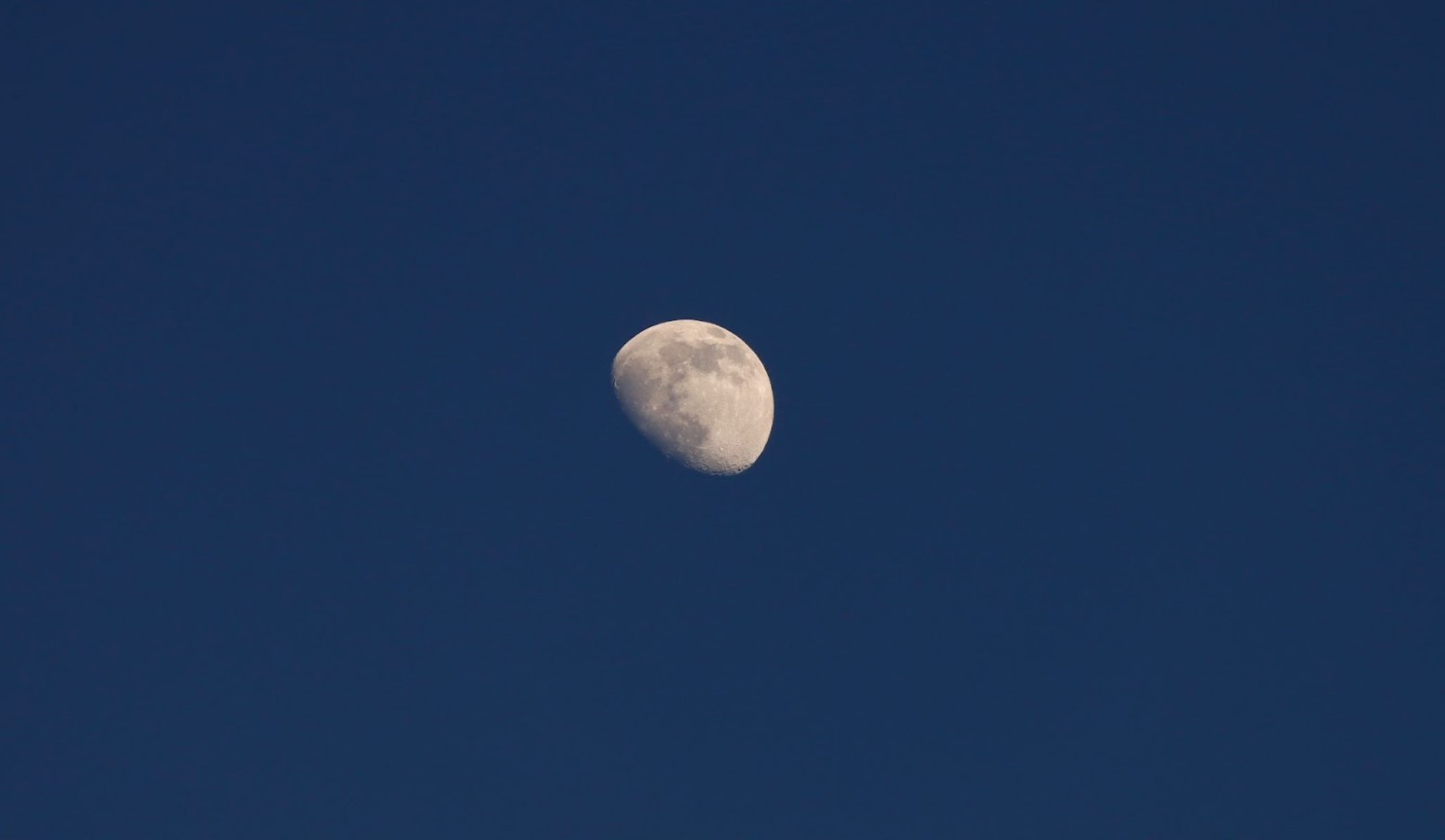
Source: Gary Hershorn/Getty Images
Studying the moon rock can provide insight and understanding about the inner workings of outer space from the past, present, and future. Due to Kamoʻoalewa maintaining a stable orbit around the Earth, Castro-Cisneros believes that a space mission to the rock would be greatly beneficial to NASA.
A Remarkable Discovery
Scientific research showed that the orbiting moon rock is truly in a league of its own.

Source: Gary Hershorn/Getty Images
According to the study, “Kamo’oalewa would be the first near-Earth asteroid to be recognized as a fragment of the moon; it would be of great interest for cosmochemical study as a sample of ancient lunar material.” The team of researchers will now attempt to determine what conditions may have pushed the rock into orbit while interpreting when exactly the proposed impact from a meteor occurred.
